Ford's Upcoming E-Transit is Kansas City Resident, Means $100M Plant Investment

As we reported a couple of weeks ago, Ford is set to debut its new E-Transit electric van tomorrow. An announcement was made yesterday regarding the Transit’s production location. And the new van brings along some cash, and jobs as well.
Claycomo, Missouri is now the confirmed production location of the E-Transit, as announced by Ford. Ford will spend $100 million to add E-Transit production alongside the plant’s current lineup, the F-150, and regular Transit. The plant already underwent a recent retooling in order to build the redesigned 2021 F-150, after the truck was revealed in the summer.
Claycomo is Ford’s busiest production facility and makes more vehicles than any Ford plant in North America. It also holds the title of the largest manufacturing center in the Kansas City metro area and is an important employer. 7,250 people head to work there every day, and the addition of E-Transit will create 100 additional jobs.
The new E-Transit is part of a current three-pronged plan by Ford to bring its popular, high-volume models into the electric space. The F-150 EV will be built in Michigan, and the Mustang Mach-E is hecho en Mexico. Ford’s current investment in electrification will see it spend $11.5 billion in total by the end of 2022. When the calendar flips over to 2023, Ford wants a considerable and established EV manufacturing footprint in North America.
Look for more E-Transit details after its official launch on Thursday, November 12th. It’s expected to be available in several body styles, and have specs impressive enough to lure commercial fleet managers away from filthy gasoline and toward a green, plug-in future. It would seem a solid plan, given the $0 fuel cost of an EV, as well as less maintenance-intensive operation. As an added bonus, EVs come with fancy software and telematics built in, so Mister Manager doesn’t have to rely on third-party reporting.
[Image: Ford]

Interested in lots of cars and their various historical contexts. Started writing articles for TTAC in late 2016, when my first posts were QOTDs. From there I started a few new series like Rare Rides, Buy/Drive/Burn, Abandoned History, and most recently Rare Rides Icons. Operating from a home base in Cincinnati, Ohio, a relative auto journalist dead zone. Many of my articles are prompted by something I'll see on social media that sparks my interest and causes me to research. Finding articles and information from the early days of the internet and beyond that covers the little details lost to time: trim packages, color and wheel choices, interior fabrics. Beyond those, I'm fascinated by automotive industry experiments, both failures and successes. Lately I've taken an interest in AI, and generating "what if" type images for car models long dead. Reincarnating a modern Toyota Paseo, Lincoln Mark IX, or Isuzu Trooper through a text prompt is fun. Fun to post them on Twitter too, and watch people overreact. To that end, the social media I use most is Twitter, @CoreyLewis86. I also contribute pieces for Forbes Wheels and Forbes Home.
More by Corey Lewis
Latest Car Reviews
Read moreLatest Product Reviews
Read moreRecent Comments
- Lou_BC Well, I'd be impressed if this was in a ZR2. LOL
- Lou_BC This is my shocked face 😲 Hope formatting doesn't fook this up LOL
- Lou_BC Junior? Would that be a Beta Romeo?
- Lou_BC Gotta fix that formatting problem. What a pile of bullsh!t. Are longer posts costing TTAC money? FOOK
- Lou_BC 1.Honda: 6,334,825 vehicles potentially affected2.Ford: 6,152,6143.Kia America: 3,110,4474.Chrysler: 2,732,3985.General Motors: 2,021,0336.Nissan North America: 1,804,4437.Mercedes-Benz USA: 478,1738.Volkswagen Group of America: 453,7639.BMW of North America: 340,24910.Daimler Trucks North America: 261,959



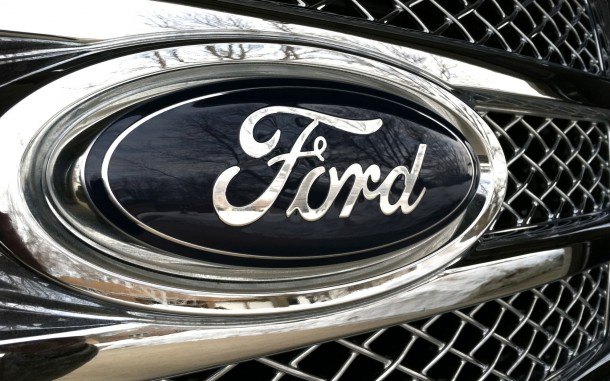





















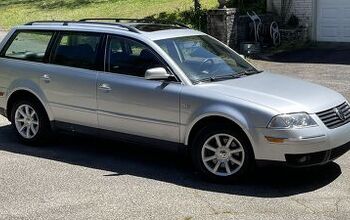
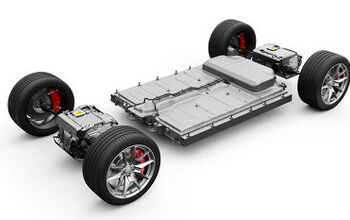

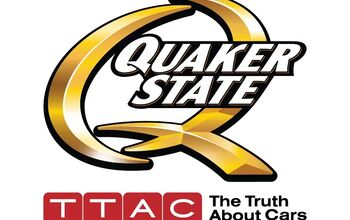
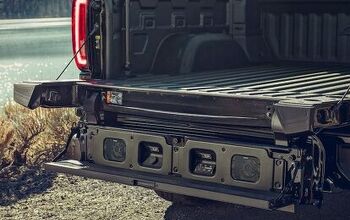

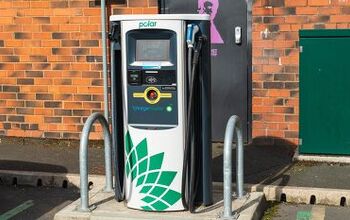

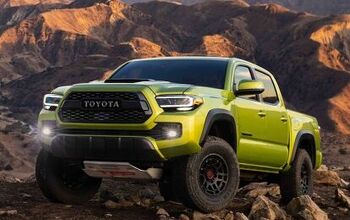
Comments
Join the conversation
The E-Transit could do very well, and I imagine it could be a threat to the delivery vehicle Rivian is cooking up.
$0 fuel cost of an EV??? Yes you don't have to buy "fuel" but you do have to pay for the electricity.